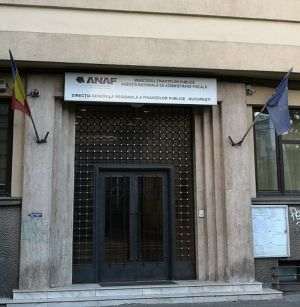NATO member states in Europe must supplement their troops with up to 50 combat brigades to be ready to respond at any time to an aggression by the Russian Federation, Reuters said in an analysis published yesterday in which it spoke to 12 military officials and civilians in Europe about the classified plans, officials who highlighted six areas that NATO has identified as the most urgent to address.
The military support granted to Ukraine has led to the depletion of arms and equipment stocks among NATO member states, stocks that should be replenished by the fall of 2025 according to the alliance's military planning. These include the lack of anti-aircraft and long-range missile defenses, troop numbers, ammunition, logistical problems and the lack of secure digital communications on the battlefield. The quoted source said a NATO official said alliance leaders had agreed in Washington that in many cases spending of more than 2 percent of GDP would be needed to address these shortfalls, especially as the alliance is at its most advanced stage. alert since the Cold War, with several leaders, including German Defense Minister Boris Pistorius, warning that a Russian attack on NATO's borders could happen within five years at most.
According to Reuters, NATO planners believe that to deter any Russian offensive, the alliance needs to increase the number of troops on European soil by a maximum of 50 more brigades. A brigade consists of 3,000 to 7,000 soldiers, which would mean military strength of between 105,000 and 350,000 soldiers. Experts consulted by the cited source indicate that Germany would need 3-5 additional brigades or 20,000 to 30,000 additional combat troops, i.e. an extra division on top of the three divisions Berlin is considering. Under the new defense plans, Germany will have to quadruple its air defenses - not just the number of Patriot batteries, but also the shorter-range systems - to protect bases, ports and more than 100,000 troops expected to cross the country on their way to the Eastern Flank should tensions rise or war break out, a source told Reuters.
Today, German forces are down to 9 Patriot units after donating three to Ukraine since the 2022 Russian invasion, and they need to increase the number of these systems, but the cost will be commensurate. The authorities in Berlin have just ordered four Patriot systems at a price of 1.35 billion euros a system. Because of these defense budget challenges, Germany would intend to halve the military aid it would provide to Ukraine in 2025. The Ministry of Defense in Berlin refused to comment on NATO's plans in this area, claims the quoted source.
According to NATO estimates released in June, the United States will spend $967.7 billion on defense in 2024, about 10 times more than Germany, the second-largest spender, with $97.7 billion. NATO's total military spending for 2024 is estimated at $1,474.4 billion.
Investments are also needed in terms of logistics and military mobility, according to the analysis published by the quoted source. NATO planners organize for the coming years the transport of food, fuel and water to the alliance's troops, based on a well-defined supply chain, and are even planning a reverse flow of wounded and prisoners of war who would be brought from the conflict zones to inside the European Union.
Another official outlined a scenario in which enemy forces could target the US air base in Ramstein, in southwest Germany, or North Sea ports such as Bremerhaven, through which NATO forces would move towards Poland, the source said. cited.
While tens of thousands of NATO and Soviet troops faced off directly along the inter-German border during the Cold War, troop deployments will now take longer, nearly 60 days, including the time needed to take a political decision in this regard, claimed one of the military planners for the quoted source. Furthermore, he expressed concern that the EU does not have enough rail capacity to transport tanks to conflict zones, as the rail gauge varies between Germany and the ex-Soviet Baltic states, meaning weapons and equipment would have to be loaded into other type of trains. He also argues that cyber defenses must be strengthened against a cyberattack that could affect possible actions, such as, for example, in Poland, blocking railway switches and thus stopping the movement of NATO troops to the east.
It is certain that he was planning NATO leaders believe that European states must be prepared to move their troops to any potential conflict zone, either as a way of deterring the actions of Russian forces, with the alliance's troops being ready to carry out military defense actions, should the Federation Russia would attack any member state on the Eastern Flank.


























































